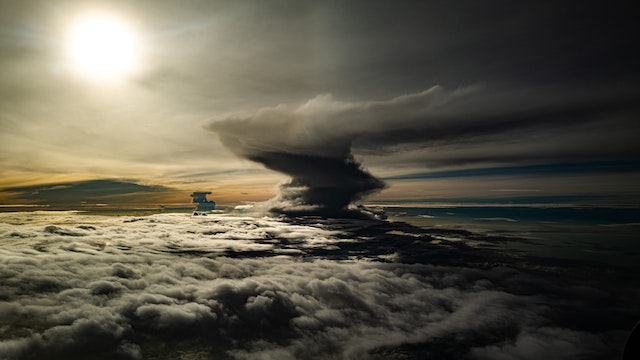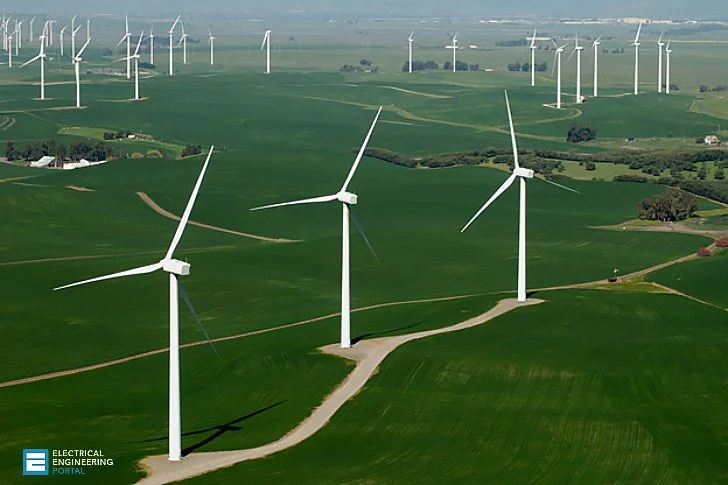Introduction:
Tornadoes are powerful and destructive weather phenomena that can have devastating impacts on communities. As concerns about climate change continue to rise, questions arise about its potential influence on tornado frequency. In this article, we will explore the current scientific understanding and ongoing research regarding the connection between climate change and tornado frequency.
1. Tornado Frequency: Understanding the Patterns:
Tornado frequency refers to the number of tornadoes occurring within a specific region over a given time period. Determining the exact relationship between climate change and tornado frequency is complex due to various factors influencing tornado formation and reporting.
2. Historical Data and Limitations:
Historical tornado records have limitations, such as variations in reporting methods and incomplete documentation, which make it challenging to analyze long-term trends. However, advancements in technology and increased monitoring efforts have improved data collection and analysis, allowing for more accurate assessments of tornado frequency.
3. Lack of Consensus:
Currently, there is no consensus among scientists regarding a clear link between climate change and tornado frequency. The scientific community continues to study this complex relationship to gain a better understanding of the potential influences.
4. Influencing Factors:
Tornado formation is influenced by a combination of atmospheric conditions, including temperature, humidity, wind shear, and instability. Climate change can influence these factors, but the specific impact on tornado frequency remains uncertain. The relationship between climate change and tornadoes is further complicated by natural climate variability and regional differences.
5. Climate Change and Tornado Indicators:
Some studies suggest that climate change may contribute to an increase in certain tornado-related indicators. For example, there may be an uptick in the number of days conducive to severe thunderstorm formation, which can subsequently lead to an increased chance of tornado occurrence. However, further research is needed to validate these findings and understand the underlying mechanisms.
6. Regional Variations:
Tornado activity exhibits significant regional variations, making it challenging to establish a universal connection between climate change and tornado frequency. Different regions experience distinct weather patterns and local atmospheric conditions that can influence tornado formation independently of climate change.
7. Future Research Directions:
Scientific research on the link between climate change and tornado frequency is ongoing. Scientists are utilizing advanced climate models, analyzing historical data, and conducting studies to enhance our understanding of tornado dynamics and the potential impacts of climate change. These efforts aim to provide more comprehensive insights into the relationship between the two.
Conclusion:
The link between climate change and tornado frequency is still a topic of scientific investigation and debate. While there is no consensus among scientists regarding a direct connection, ongoing research suggests that climate change may influence certain indicators associated with tornado occurrence. Factors such as regional variations, natural climate variability, and limitations in historical data further complicate our understanding. Continued research and advancements in scientific understanding will contribute to a more comprehensive assessment of the potential influences of climate change on tornado frequency.










